
The plant-based meat category is a bloodbath. New products debut daily, and legacy players – the meatpackers and the Unilevers of this world – are either trying to buy their way into the market or R&D their way out of the challenge.
As with any new category, plant-based meat lacks a codified language. A ‘codified language’ in marketing refers to cues that help people understand what’s what. They are everywhere. As a consumer you don’t even consciously notice them.
Blue water is still. Cardboard packaging is eco. Blue toothpaste is minty. This is why shopping for crisps away from home takes effort: different cultures have different colour codes for different flavours.
Over the past few months, a very public legal battle has played out over the nomenclature that fake meat and dairy uses. Lacking its own distinct language, the fake meat industry has to resort to using the lexicon of what it is not in order to tell you what it is. Plant-based meat badly wants to call itself meat in order to effectively explain to new customers how, when and where it should be used. An EU court recently gave it permission to keep doing so.

Equally interesting is the visual language that plant-based meat brands use to sell their goods. There are two schools of thought. The first is to double down on meat. These brands use black packaging, oozing barbecue vibes. They have masculine fonts. Plus, there are red details on nearly all packaging – a reference to blood: this tofu burger was killed recently.
The second school places its bets on the eco-green-organic vibe. These products tell you that they’re made of vegetables. Lots of brown and green here. Less aggressive fonts with more of an Italian family-garden-dinner vibe. It imitates organic meat – free-range tofu, if you will.
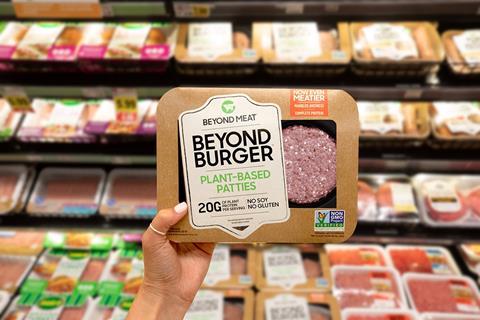
To imitate meat (‘our veggie burger bleeds’) is showcasing the functional. To claim attributes (‘this veggie burger makes the world better’) is highlighting the beneficial. But category-defining marketing happens on an emotional level.
For food this means feeling, touching, tasting, experiencing – and then creating an identity around those experiences. We’ve seen this rebellion play out before in the fake milk category, where Oatly was brave enough to forgo the white milk-wave in a glass on its packaging and come out with a more graphic style and the disruptive lexicon to match.
Meat replacements need to go higher up the ladder to hit those emotional notes. Taste? New experiences? New textures? Curiosity? Once you find new ways to show and tell these things, you can define a category for years to come. And as long as brands don’t have the guts to break the norms and create convincing culinary identities, they’re dropping the ball.









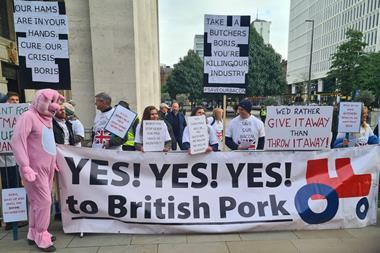
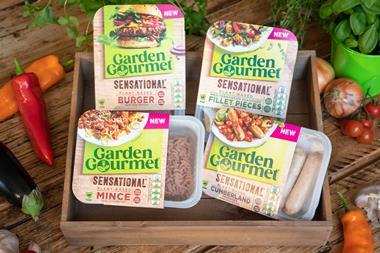
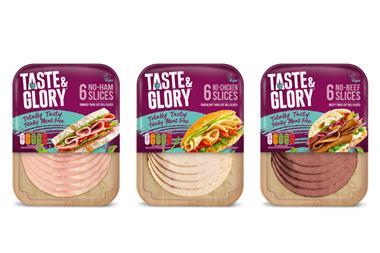
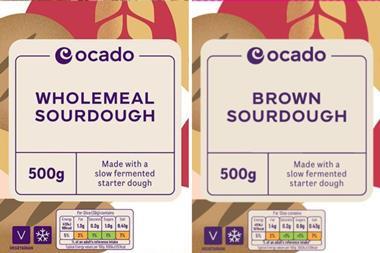






No comments yet